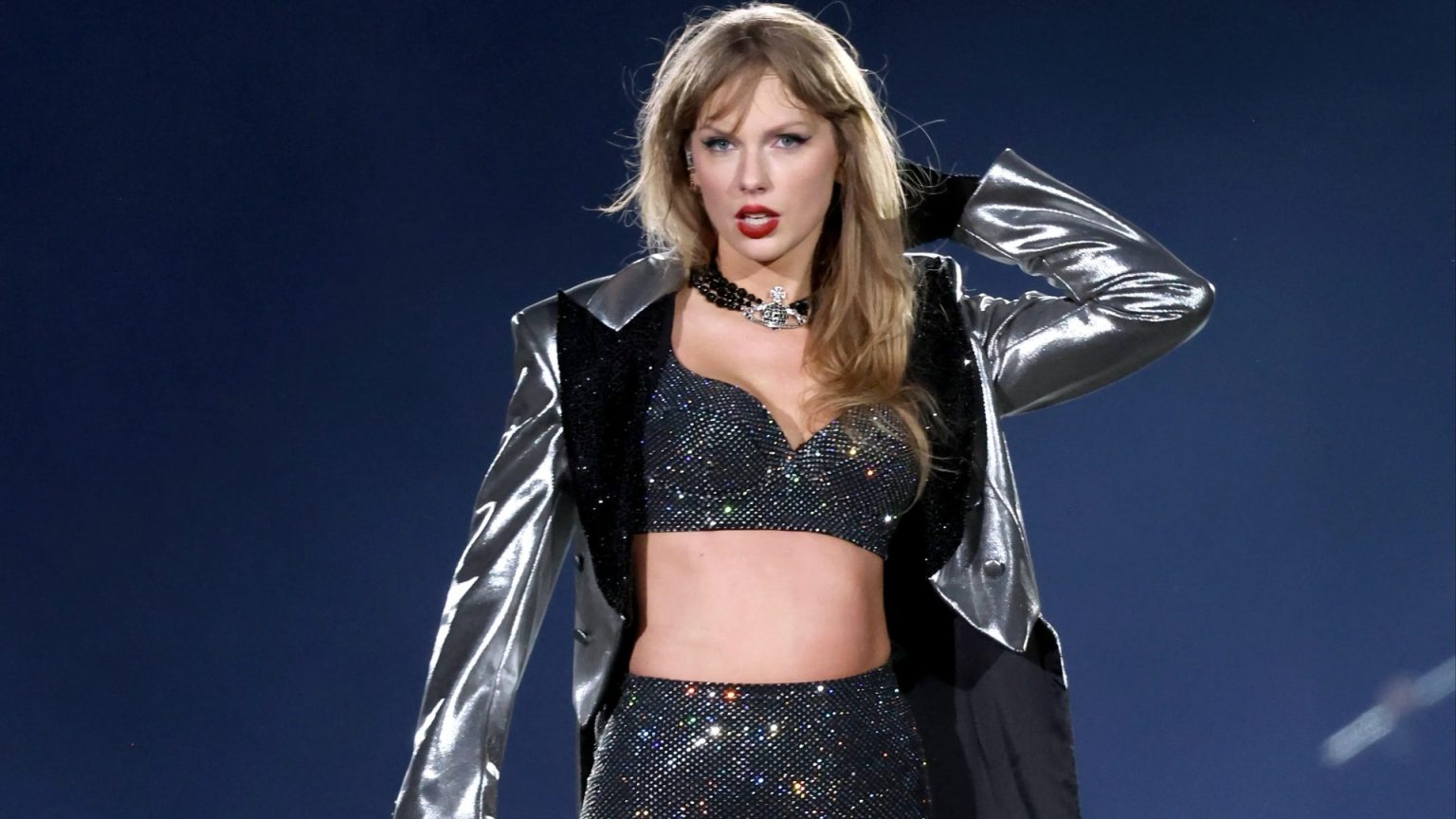The summer of 2023 witnessed Taylor Swift’s reign over the live music scene, captivating millions with her Eras Tour. However, despite her immense popularity, Swift’s ticket prices remained comparatively modest, placing her significantly lower than several veteran artists in the rankings of most expensive concert experiences. While Swift’s concerts averaged around £163 per ticket, placing her 17th on the list, a host of established acts commanded significantly higher prices, often exceeding double the cost of a Swift show.
The pinnacle of concert ticket prices belonged to Irish rock icons U2, whose Las Vegas residency at The Sphere averaged a staggering £287 per ticket. Following closely behind was country music superstar Garth Brooks, with an average ticket price of £285. Pop icon Lady Gaga secured the third spot, demanding an average of £252 per ticket for her performances. These top-tier prices reflect a trend of established, veteran artists commanding premium rates for their live shows.
The list of high-priced concert experiences continued with classic rock band the Eagles, whose five-night residency in Manchester averaged £239 per ticket. Latin American rapper Bad Bunny, the youngest artist in the top ten, charged £228 per ticket, showcasing his global appeal. Country music legend George Strait followed at £227, with The Rolling Stones close behind at £226. Dead and Company, comprised of former Grateful Dead members, averaged £224 per ticket. Los Bukis, a Mexican band with a long history, came in ninth at £210. The collaborative shows of Sting and Billy Joel rounded out the top ten, averaging £191 per ticket.
Interestingly, several artists, including Pink Floyd guitarist David Gilmour and Madonna, also commanded higher average ticket prices than Taylor Swift. While Adele also held a Las Vegas residency during this period, her ticket price data was not publicly available for comparison. This emphasizes the diverse pricing landscape of the concert industry, with factors such as artist legacy, performance location, and production scale influencing ticket costs.
The disparity in ticket prices between artists like U2 and Garth Brooks, topping the list, and Taylor Swift, further down, can be attributed to several factors. One key element is the location of the concerts. Both U2 and Brooks performed exclusively in the United States, where additional taxes and fees are often added to ticket prices, driving up the overall cost. Taylor Swift, on the other hand, toured both in the UK and Europe, where these supplementary charges are less prevalent. This difference in taxation policies between regions directly impacts the final price fans pay for tickets.
The issue of ticket pricing also extends to the secondary market, where resale prices can inflate dramatically, fueled by high demand and the activities of ticket touts. In response to this ongoing concern, the UK government announced plans to cap resale ticket prices, aiming to protect fans from exorbitant costs and curb the exploitation of the secondary market. This measure was widely supported within the music industry, with artists like Coldplay expressing their approval and highlighting the benefit it would bring to concertgoers. The move underscores the complex interplay of artist popularity, market forces, and regulatory efforts in shaping the landscape of live music ticket pricing.
The data reveals a diverse spectrum of concert pricing, with established acts often commanding premium prices while even highly popular younger artists like Taylor Swift maintain comparatively moderate ticket costs. Factors such as artist legacy, performance location, and added taxes contribute to these price variations. Furthermore, the issue of inflated resale prices and the government’s intervention through price caps highlight the ongoing challenges in balancing market dynamics with consumer protection within the live music industry.




